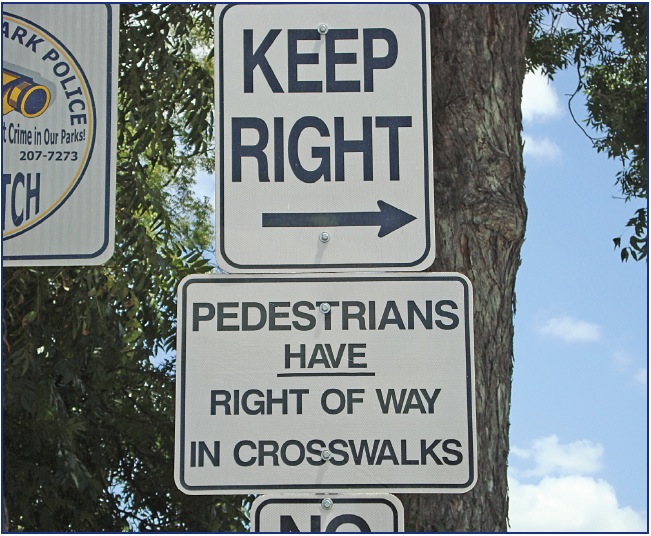AMERICAN PUBLIC HEALTH ASSOCIATION
Health and Transportation
 If there’s one message this primer should leave you — the public health practitioner — with, it’s this: Everyone travels. Whether it is for work, school or play, how we as individuals and as a society travel has impacts that go far beyond the seemingly simple and routine act of going from one place to another.
If there’s one message this primer should leave you — the public health practitioner — with, it’s this: Everyone travels. Whether it is for work, school or play, how we as individuals and as a society travel has impacts that go far beyond the seemingly simple and routine act of going from one place to another.
This common trait provides an ideal intervention point for public health practitioners. In fact, it may be one of the few intervention points with the potential to transform individual health, community health and environmental conditions all at the same time. In other words, in a time of tight budgets, limited resources, declining workforce numbers and growing health problems, creating opportunities for safe bicycling and walking can literally provide public health practitioners with one of the biggest bangs for their already-stretched buck.
Increased physical activity rates and the opportunity to positively impact obesity and traffic-related death and injury rates may immediately come to mind. For example, street-scale improvements such as sidewalks, safer street crossing configurations, multi-use pathways and bike lanes can dramatically increase rates of physical activity and reduce injury risk. As noted in the Centers for Disease Control and Prevention’s Guide to Community Preventive Services, street-scale improvements such as these have resulted in a median increase in some aspects of physical activity of 35 percent.
More bicycling and walking can also mean less air pollution in the community to aggravate and trigger respiratory illness, as well as more opportunities for social interaction and community cohesion that have positive impacts for mental health. (Of course, officials should take note that bicycling and walking infrastructure created near hightraffic areas could increase residents’ exposure to pollution.) Improved walkability and bikeability also act as economic drivers, which can have a trickle-down effect for health. For example, street improvements that increase pedestrian traffic can help attract new businesses, revitalize neighborhoods and bring healthy opportunities to entire communities, such as more stores that sell fresh, affordable and nutritious foods.
Active transportation is an incredible opportunity for public health practitioners to leverage limited resources to produce multiple health benefits, direct progress toward long-held public health goals and curb health care spending.
Download full report(PDF): Promoting ActiveTransportation: An Opportunity for Public Health
About the American Public Health Association
www.apha.org
“The American Public Health Association is the oldest and most diverse organization of public health professionals in the world and has been working to improve public health since 1872. The Association aims to protect all Americans, their families and their communities from preventable, serious health threats and strives to assure community-based health promotion and disease prevention activities and preventive health services are universally accessible in the United States. APHA represents a broad array of health professionals and others who care about their own health and the health of their communities.”







 RSS Feed
RSS Feed